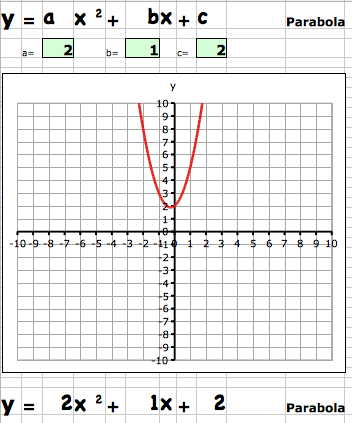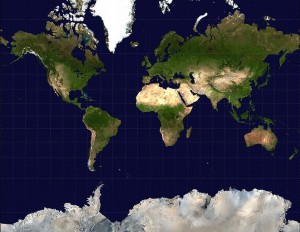I’d like to minimize the sugar content of the jam in order to see the most of the currant’s tartness. According to the FAO, you need to have about 60% sugar concentration in the final jam for good preservation. I’ve squeezed the currants and produced quite a bit of juice. I need to find out how much sugar to add.
To figure out how much sugar we need to add, based on the mass, we need to define our terms. Let’s say the amount of sugar is s, the amount of jam is j and the total mass, the sugar plus the jam, is t.
So the total mass is going to be:
(1) t = s + j
Since the amount of sugar needs to be 60% then:
(2) s = 0.6 t
If we substitute the first equation (1) into the second (2) we’ll have just one equation we can solve to find the amount of sugar:
(3) s = 0.6 (s + j)
Now we solve for the amount of sugar, s. Start by expanding the right hand side of the equation (distributive property):
(4) s = 0.6 s + 0.6 j
Next, isolate s on the left hand side of the equation by subtracting:
(5) s – 0.6 s= 0.6 s + 0.6 j – 0.6 s
Which gives:
(6) 0.4 s= 0.6 j
Now, get rid of the coefficient on the left hand side by dividing through:
(7) 0.4 s / 0.4 = 0.6 j / 0.4
To get:
(8) s = 1.5 j
So to have the right amount of sugar, I need to add one and one half times as much sugar as I have juice. So, if I have 2.0 kg of juice, then:
s = 1.5 (2.0 kg)
s = 3.0 kg
3.0 kg of sugar is a lot of sugar! However, if we boil the jam, some of the water in the juice will evaporate. Therefore, if we know how much sugar we want to add in we should be able to calculate how we need to evaporate to get the right ratio. More evaporation should also lead to a more concentrated flavors in the jam. Hmmm …









